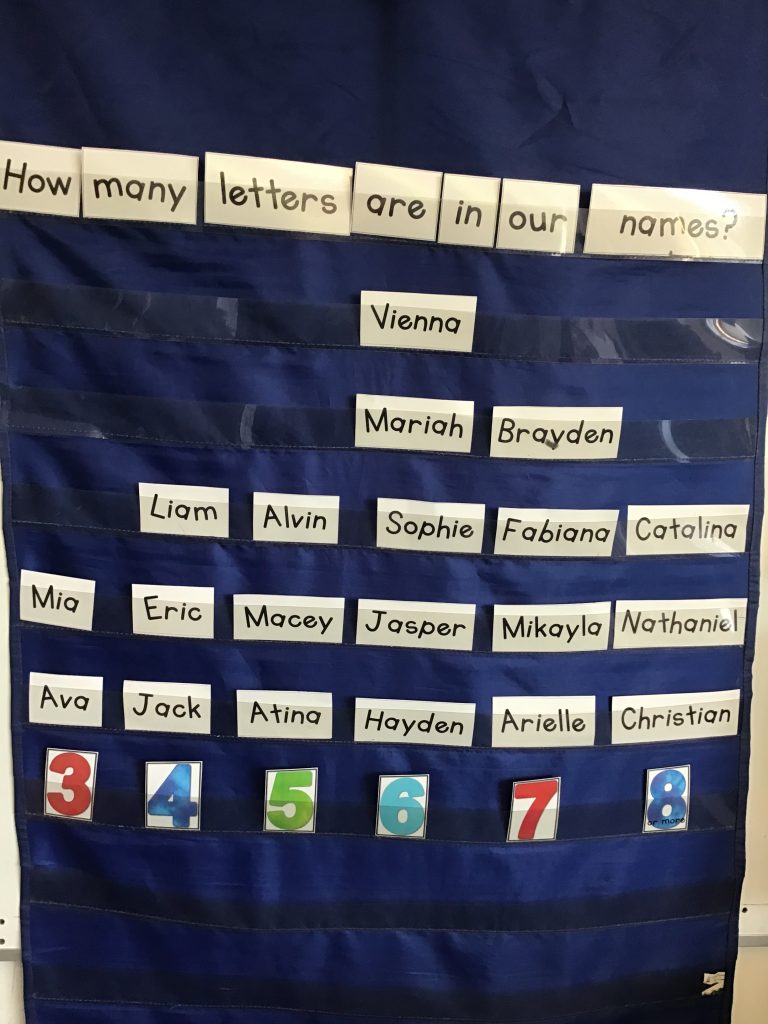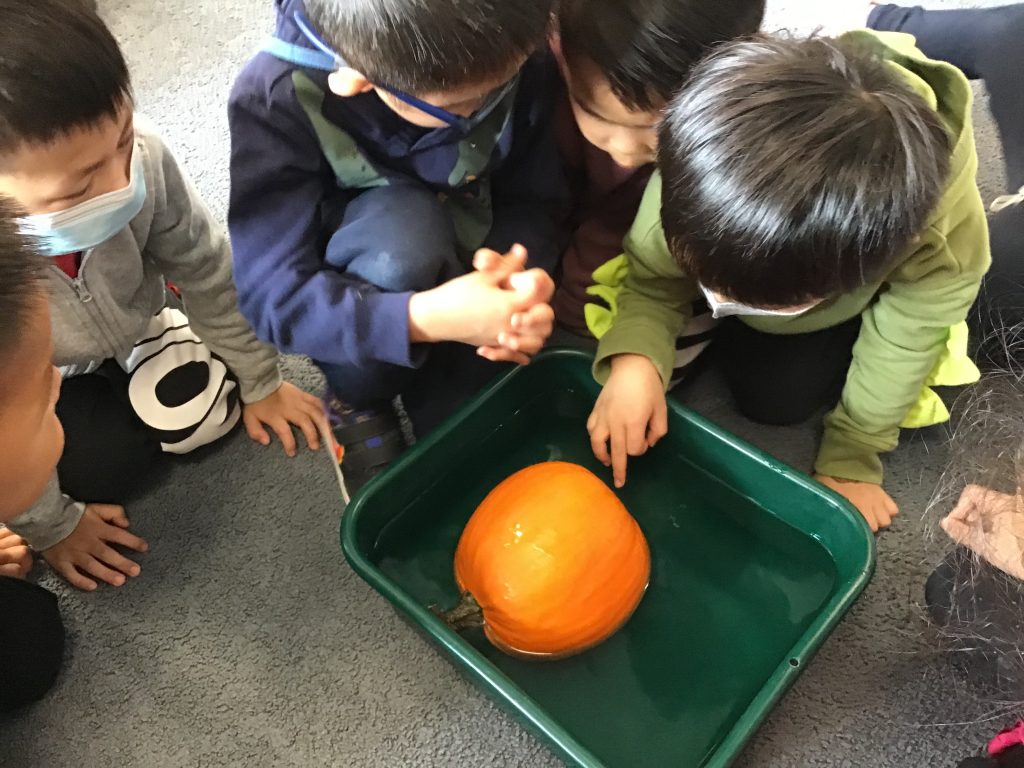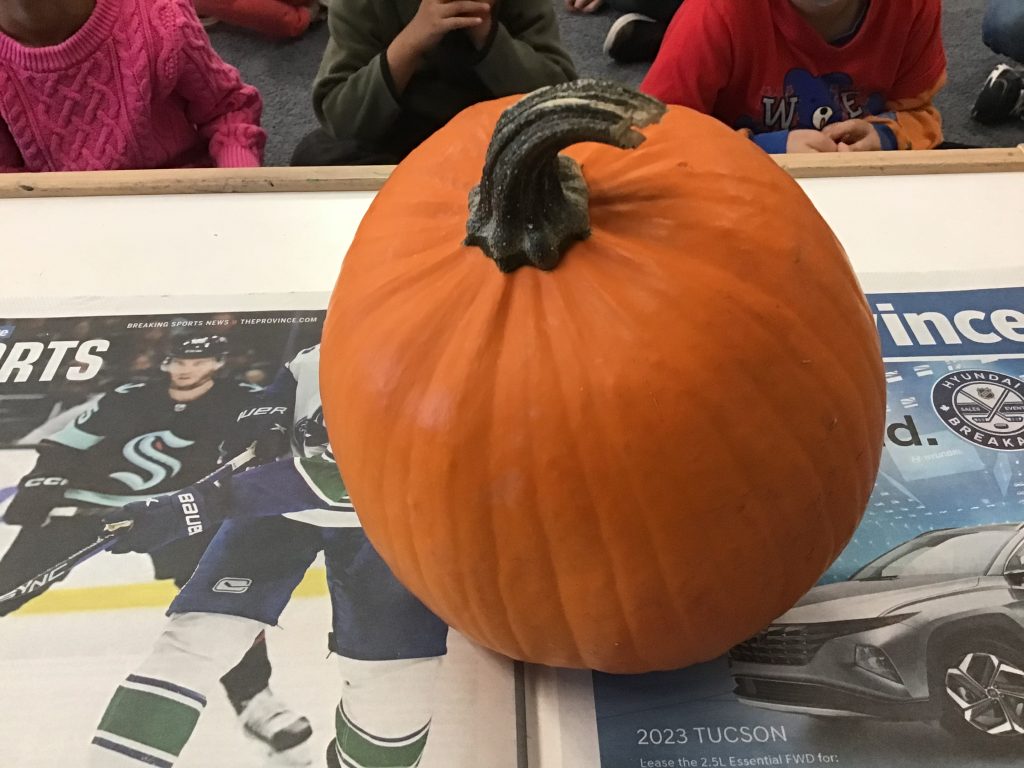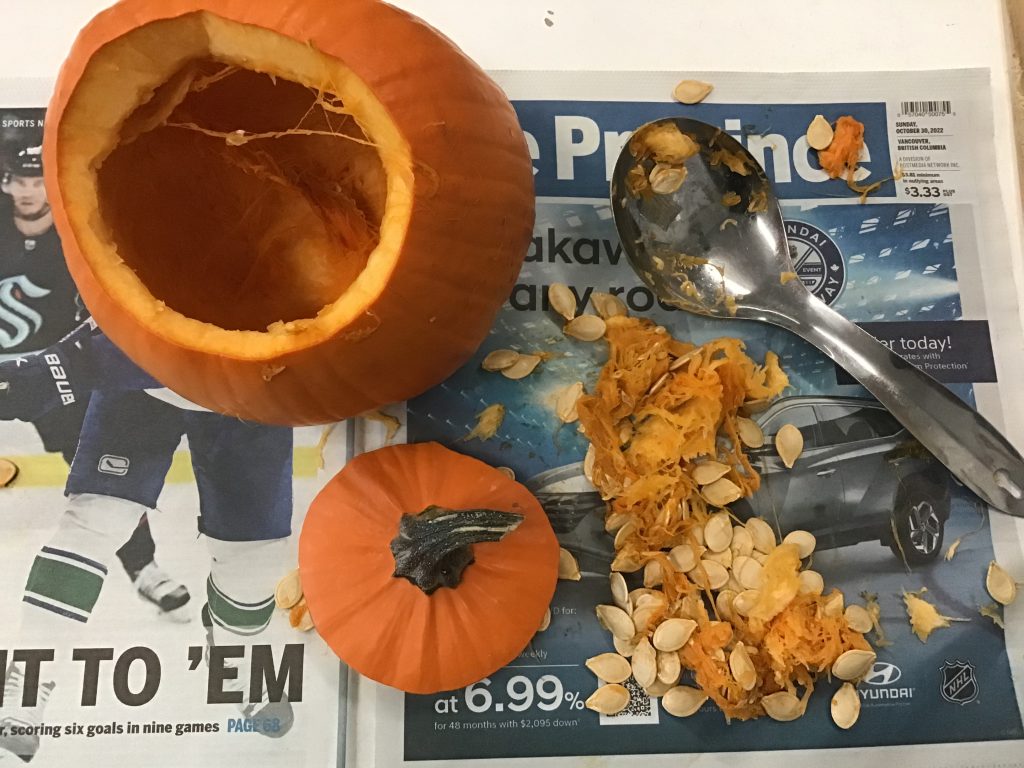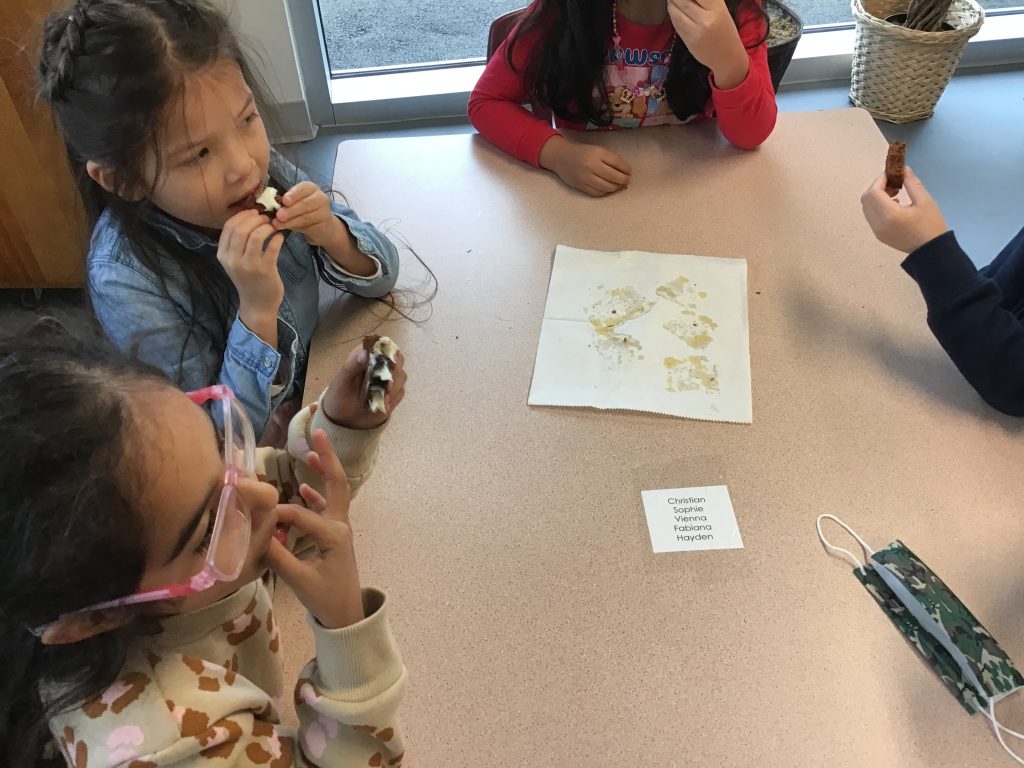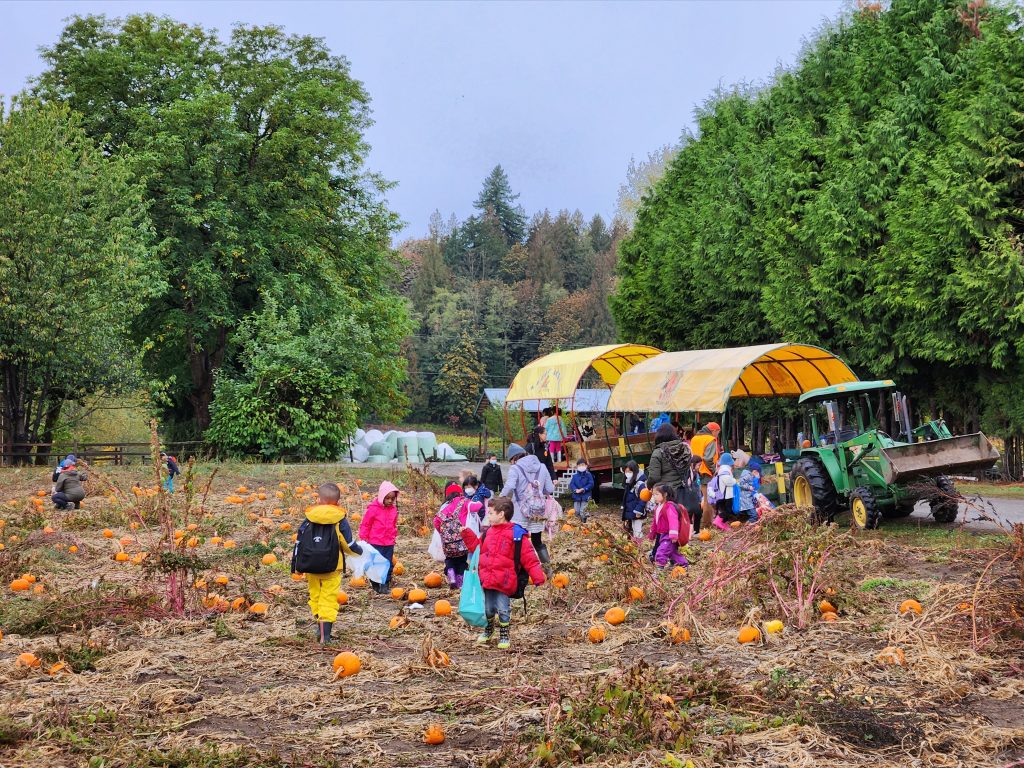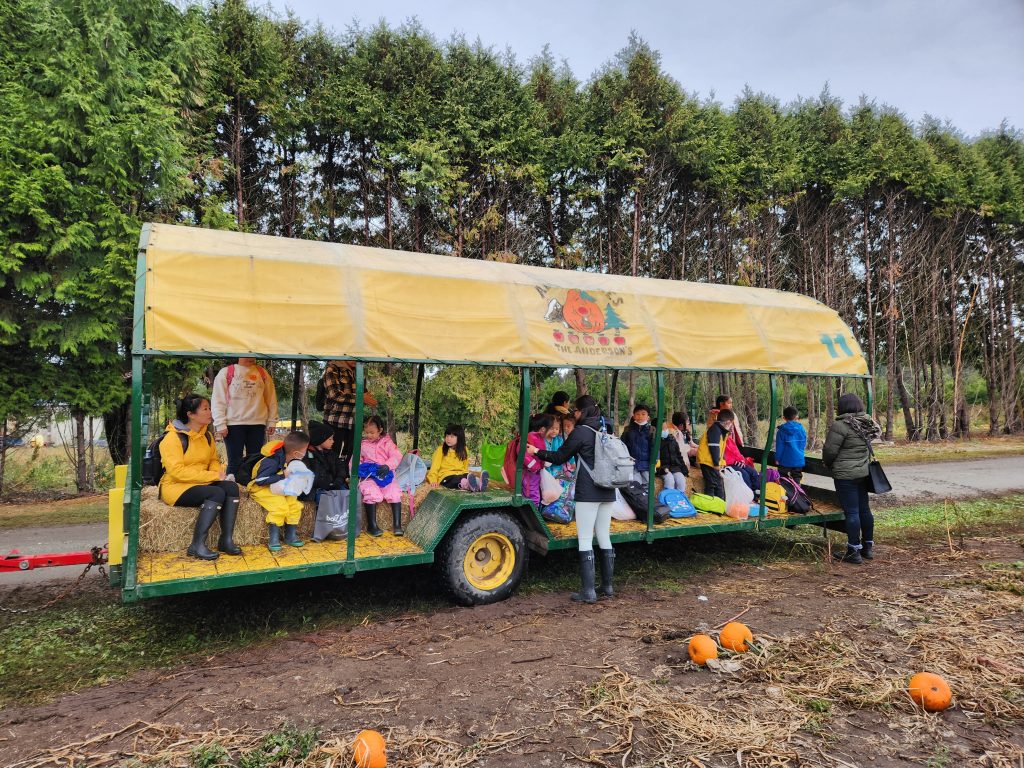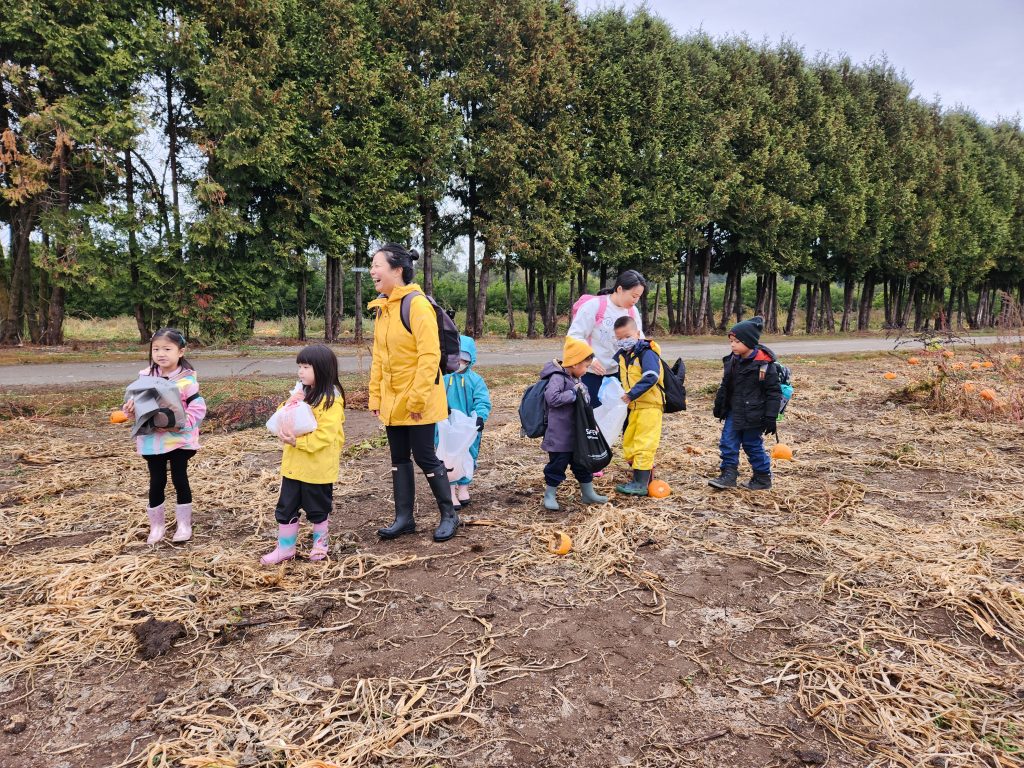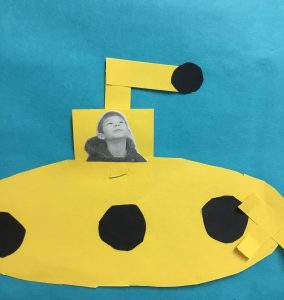The most important word for any child is his/her own name. For most children, it is the first word that they learn to read and write.
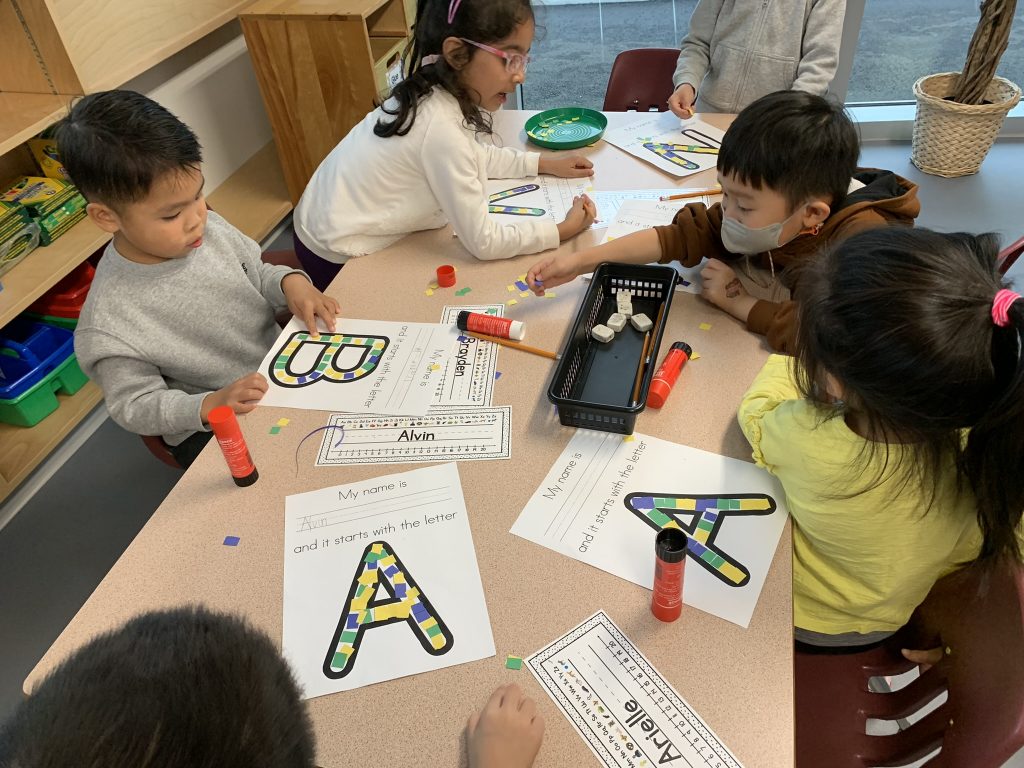 |
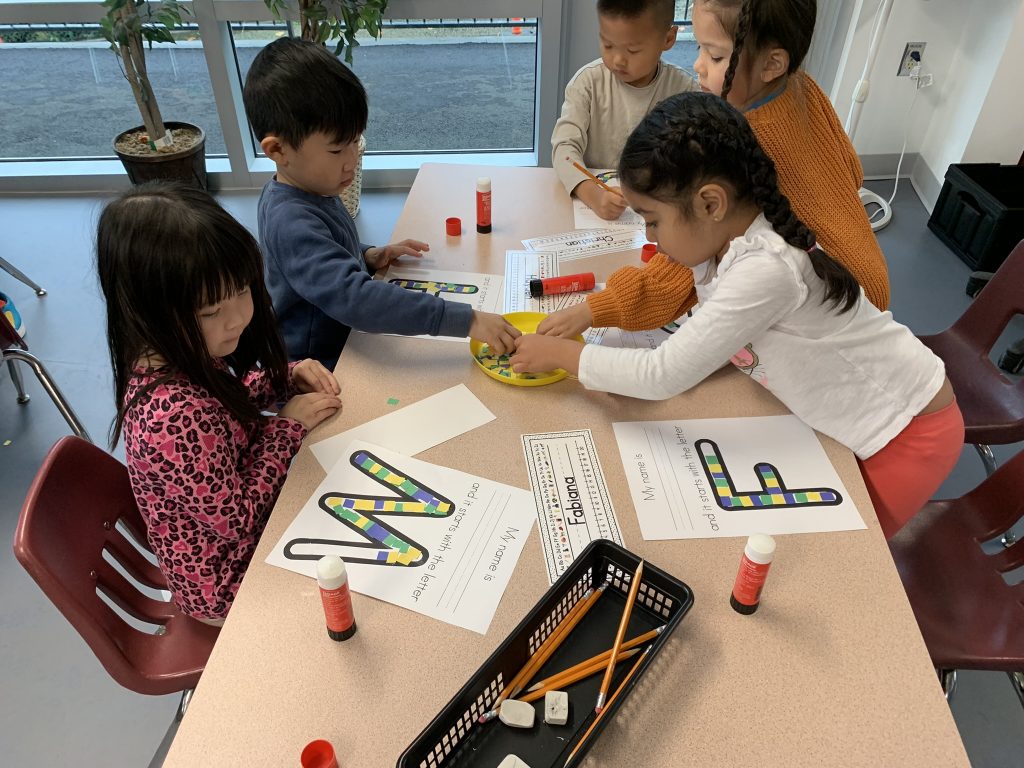 |
The children have been doing activities using magnetic letters, stamps, Lego, pattern blocks, paint, and Play-Doh to draw their attention to the letters in their own names. We have also been using our names in songs and poems.
Children recognize the letters of the alphabet by attending to their distinctive features; circles, straight lines, crossing lines. Practicing their names helps them to notice the differences among the letters. It also helps them to learn the sounds in their names and the names of their friends.
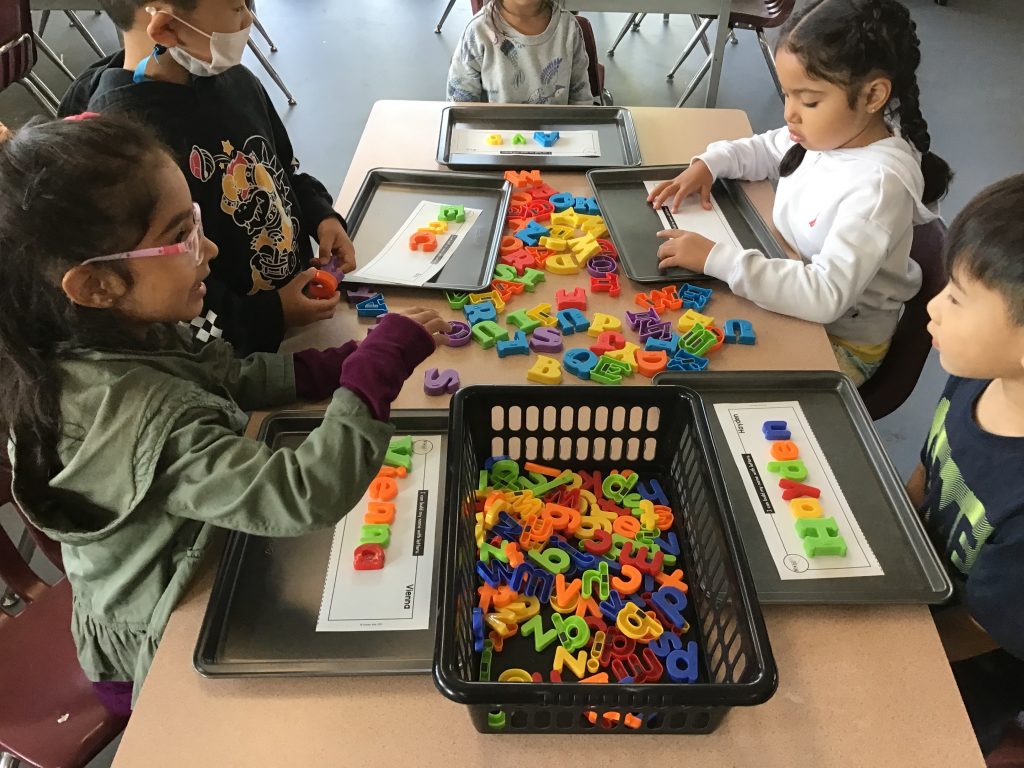 |
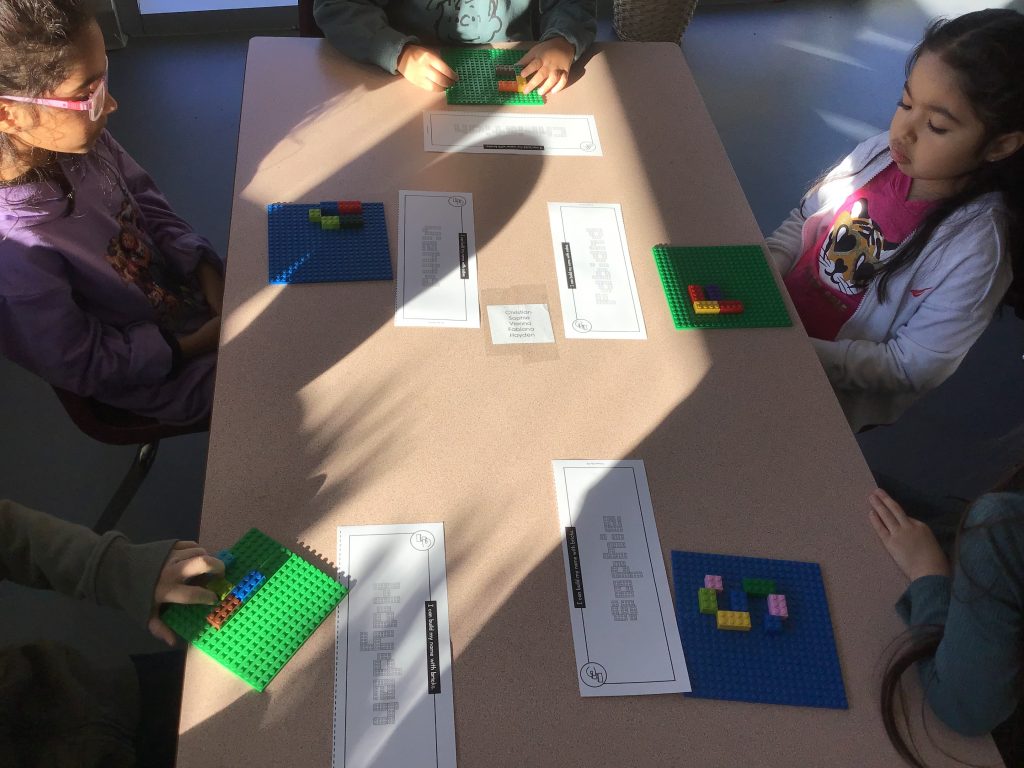 |
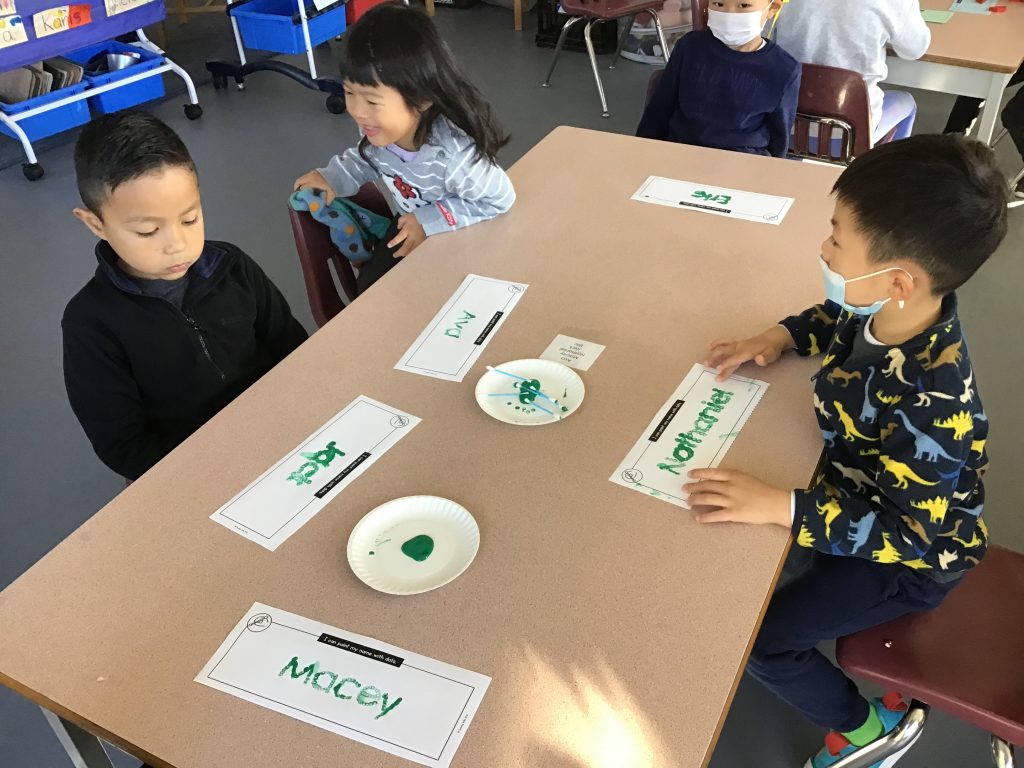 |
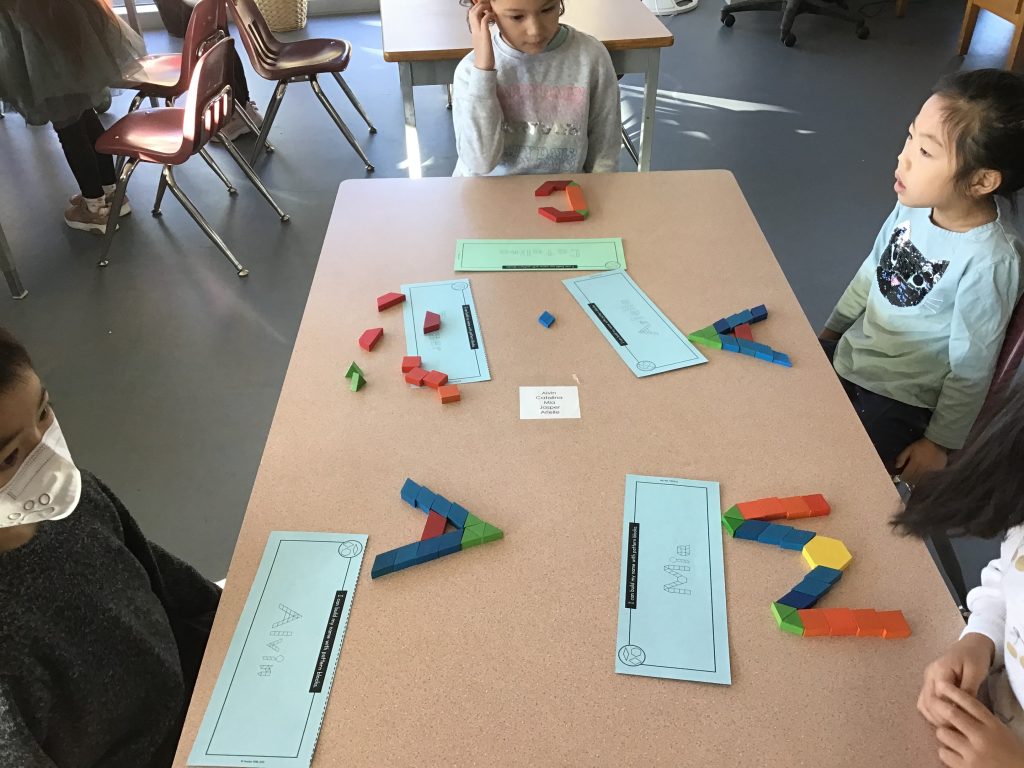 |
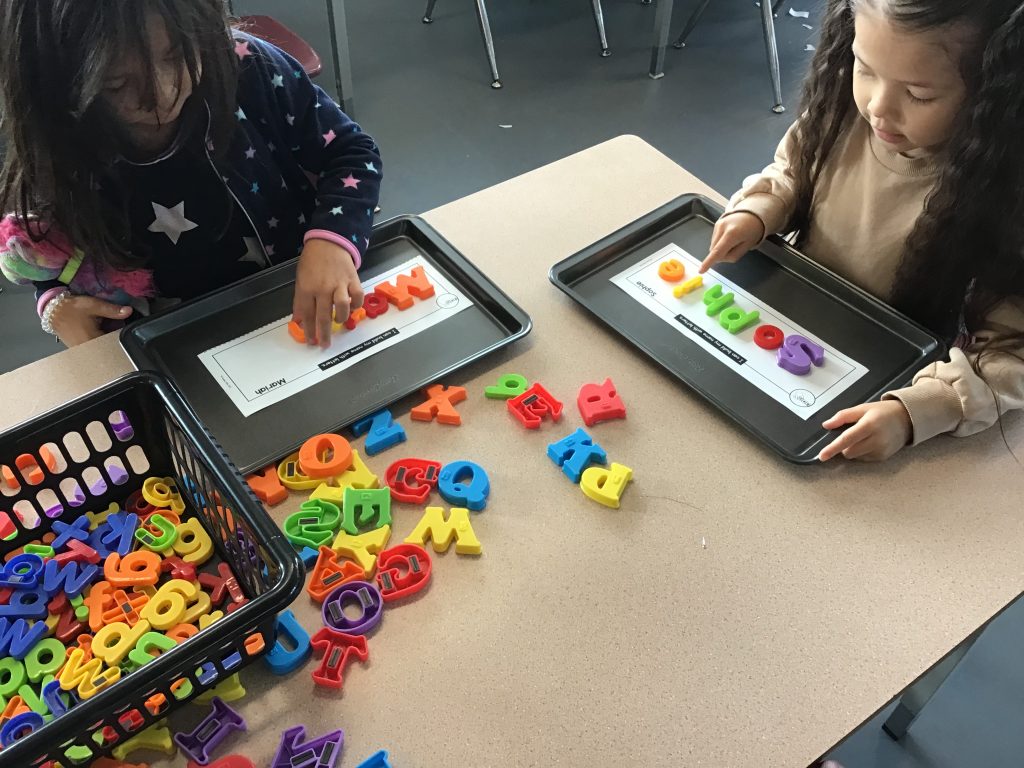 |
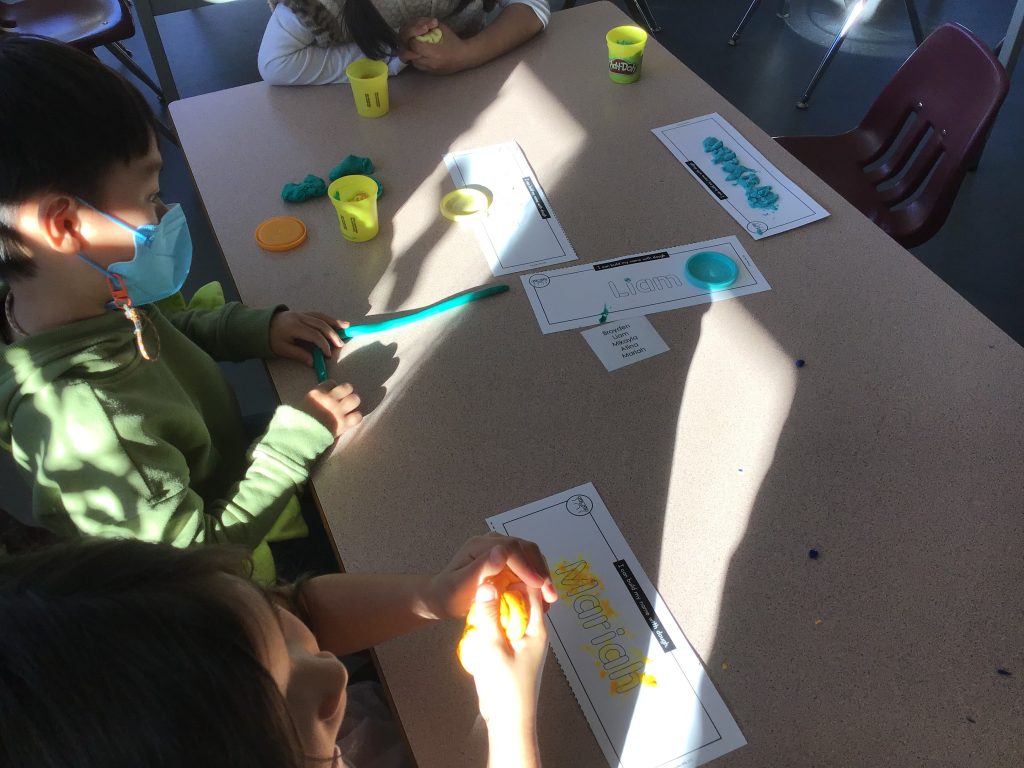 |
The children have also been learning to print their names starting with a capital letter followed by lower-case ones.
Ask me to print my name for you.
